The last Habitat
The last Habitat 2023 - now
Installation in public space, 2,9 x 3 x 3 m, Hand painted steel, hand brushed steel, Toskana Park Gmunden, 2023
„The Last Habitat, artificial waters in distant places “, Installation in public space & Performance, Otto-Wagner-Hospital, Vienna, 2023
From the Landscape We Eat
Installation in public space, 2,9 x 3 x 3 m, Hand painted steel, hand brushed steel, Toskana Park Gmunden, 2023
„The Last Habitat“ engages directly with the question: Who ownsor dominates a territory? The work delineates a zone in which a primordial form of Gaia has spread—the form will gradually be reclaimed by nature. Within this space, a circle marks a non-human zone, where Gaia’s form will eventually fade or be partially overtaken by the undisturbed growth of the habitat. Inspired by the concept of critical zones and their inhabitants around volcanic areas, the work focuses on the caldera—the volcano’s eye—one of Gaia’s last bastions. It is a space that resists human occupation, defying ownership and appropriation. Over time, this zone becomes a site of ongoing tension between presence and disappearance, agency and resistance. It not only reflects nature’s struggle against extractivist claims but also challenges us to rethink our relationship with these spaces—acknowledging their autonomy rather than seeing them as sites to be controlled or exploited.
The Last Habitat, Installation in public space & Performance “artificial waters in distant places “, Otto-Wagner-Hospital, Vienna, during Parallel Vienna, 2023
The Last Habitat - NOW
The Last Habitat is currently being dismantled in order to be returned to its source — the Earth's core — through the digestion of Mount Etna, the volcano on Sicily. Updates on the final journey of the Habitat to Mount Etna will be posted here.
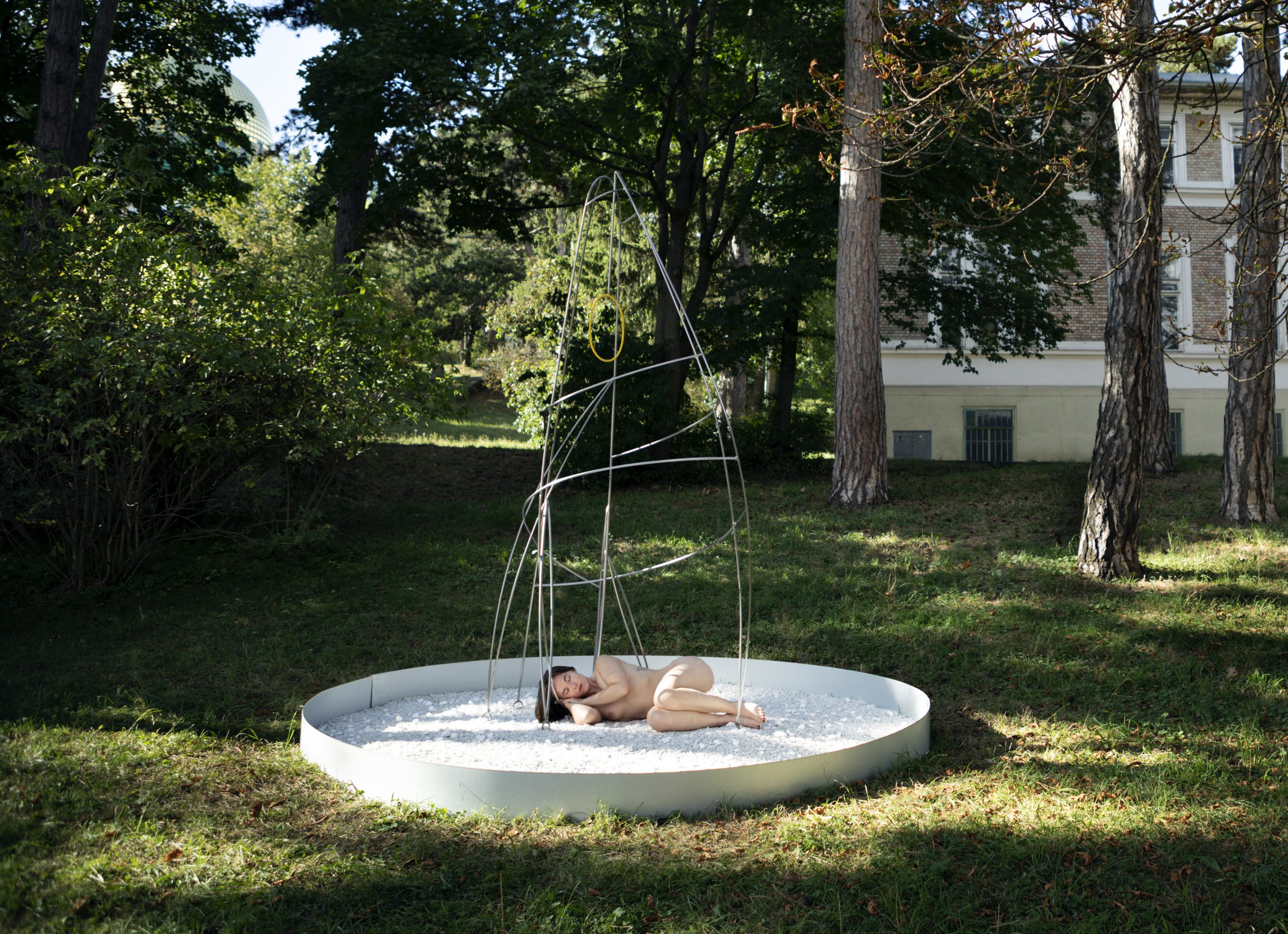

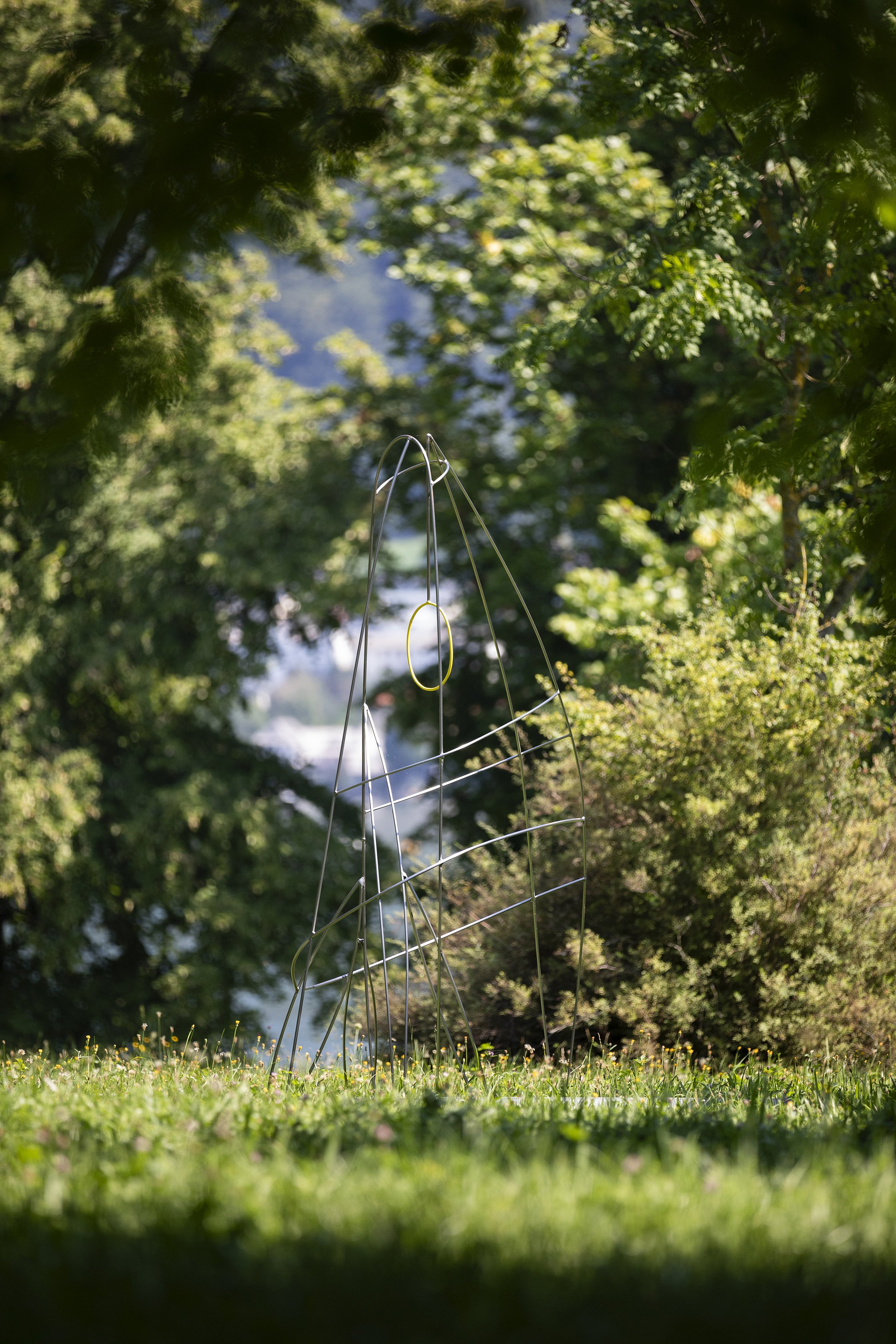
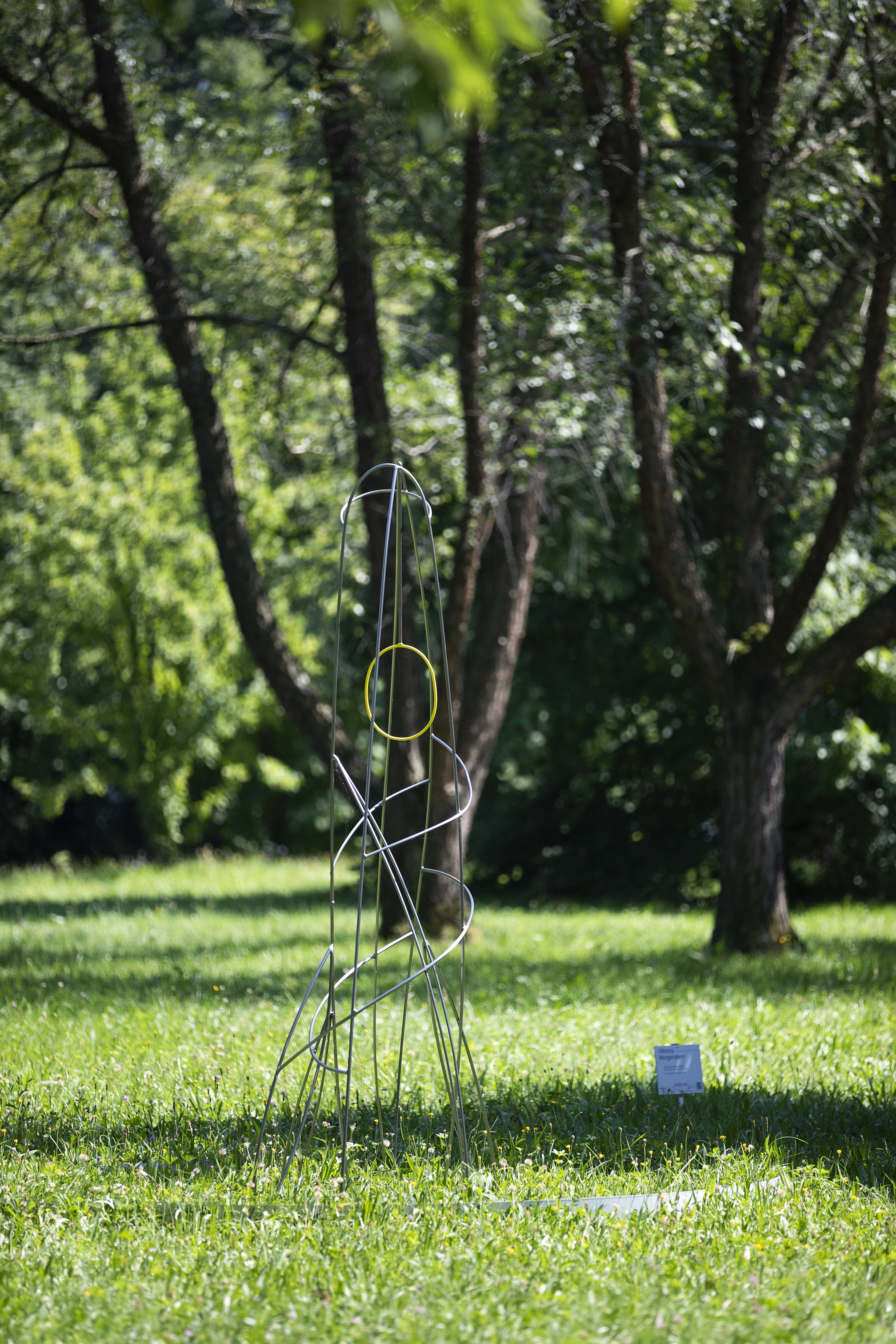
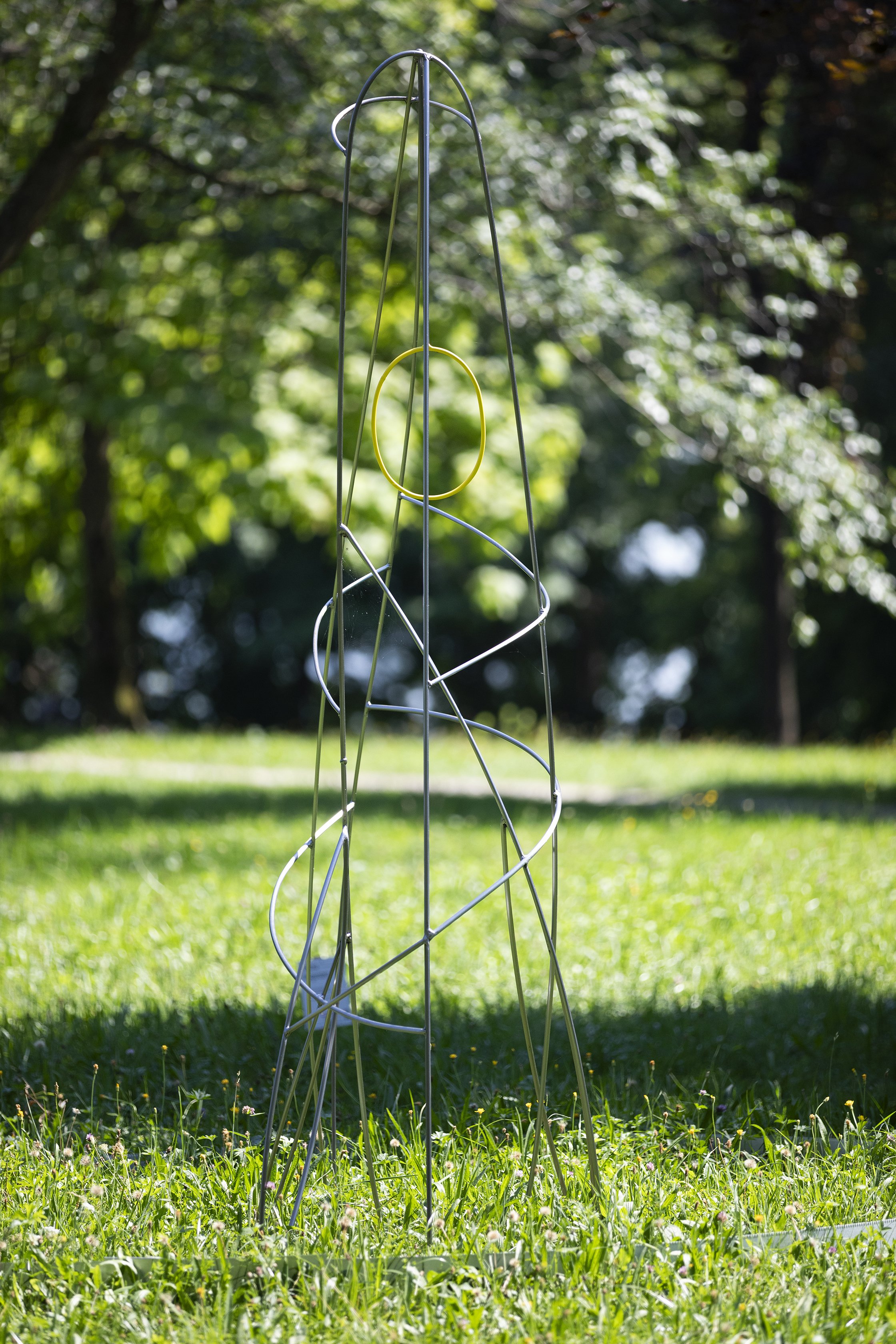
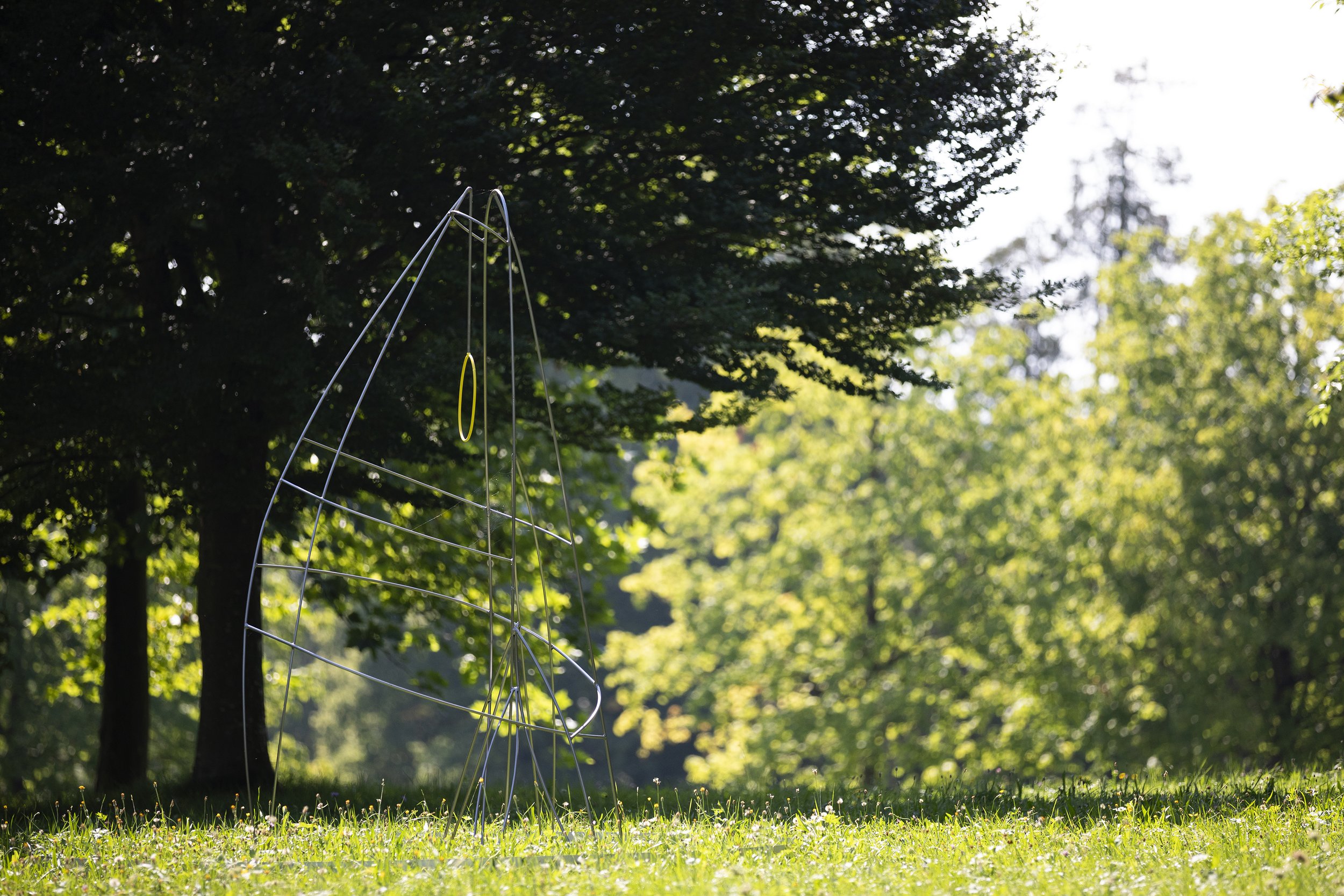
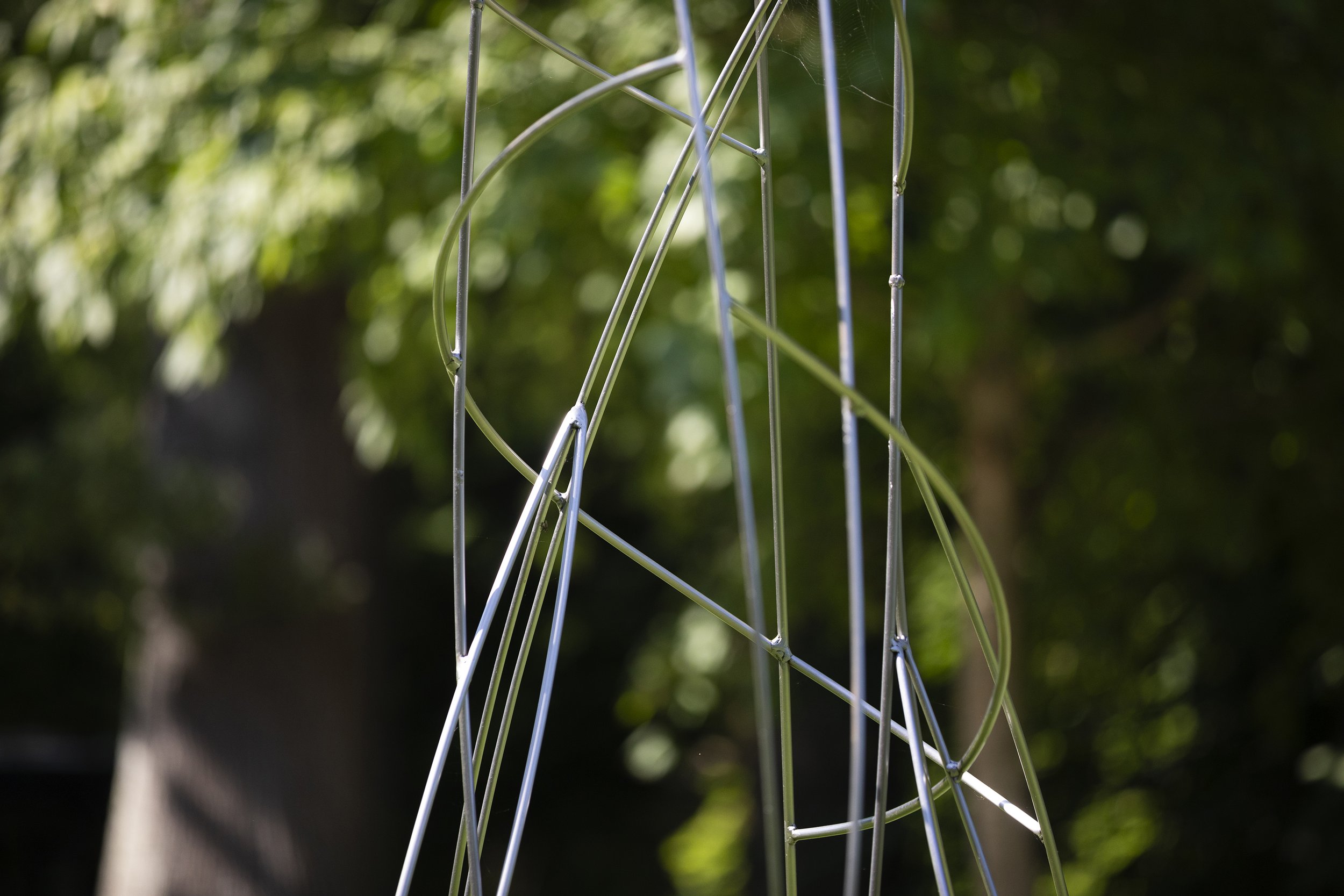
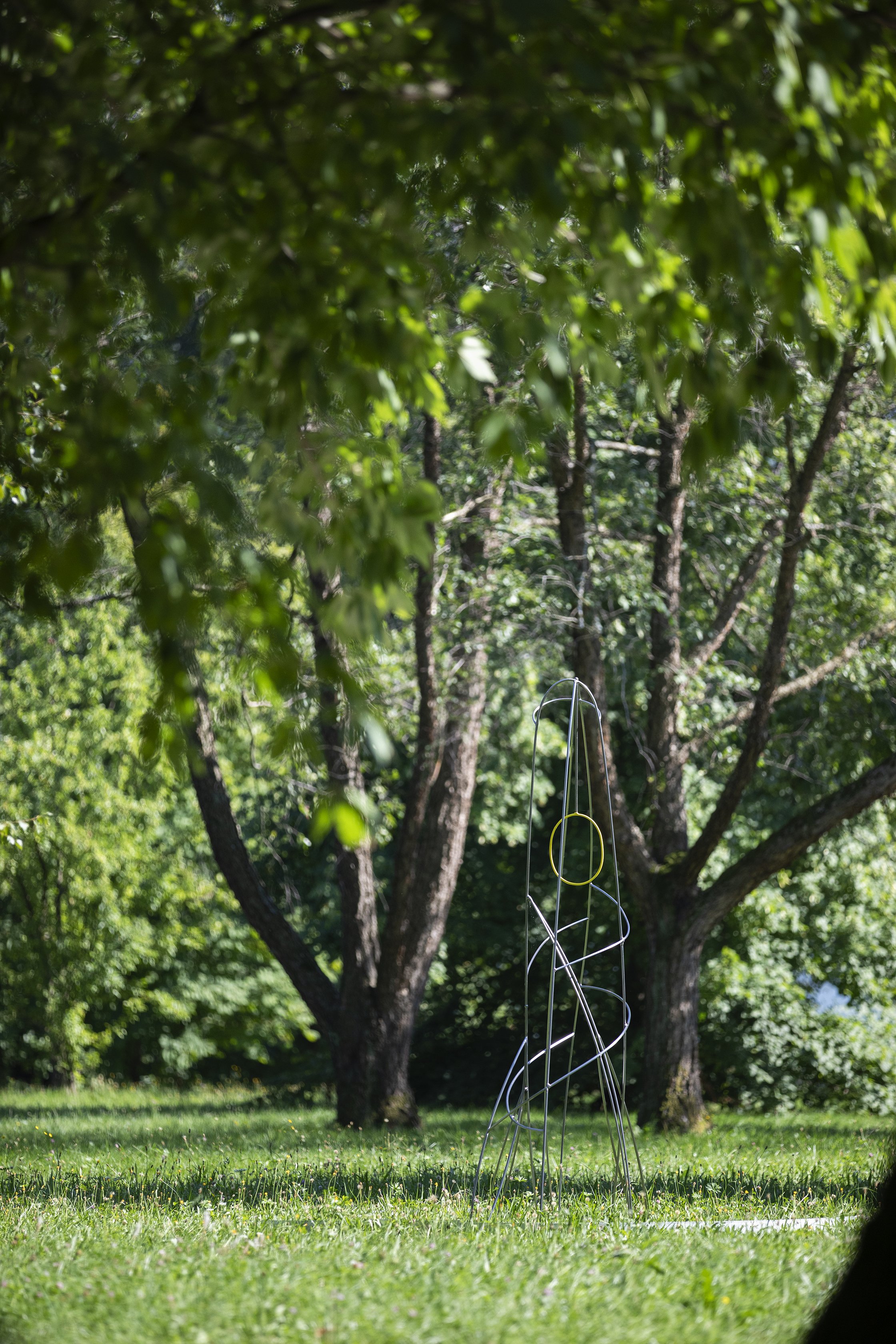

Installation in public space, 2,9 x 3 x 3 m, Hand painted steel, hand brushed steel, Toskana Park Gmunden, 2023
„The Last Habitat“ engages directly with the question: Who ownsor dominates a territory? The work delineates a zone in which a primordial form of Gaia has spread—the form will gradually be reclaimed by nature. Within this space, a circle marks a non-human zone, where Gaia’s form will eventually fade or be partially overtaken by the undisturbed growth of the habitat. Inspired by the concept of critical zones and their inhabitants around volcanic areas, the work focuses on the caldera—the volcano’s eye—one of Gaia’s last bastions. It is a space that resists human occupation, defying ownership and appropriation. Over time, this zone becomes a site of ongoing tension between presence and disappearance, agency and resistance. It not only reflects nature’s struggle against extractivist claims but also challenges us to rethink our relationship with these spaces—acknowledging their autonomy rather than seeing them as sites to be controlled or exploited.
The Last Habitat, artificial waters in distant places “, Installation in public space & Performance, Otto-Wagner-Hospital, Vienna, 2023
The Last Habitat - NOW
The Last Habitat is currently being dismantled in order to be returned to its source — the Earth's core — through the digestion of Mount Etna, the volcano on Sicily. Updates on the final journey of the Habitat to Mount Etna will be posted here.
